Window screens are an essential part of any home. They protect you from pesky insects and keep your home well-ventilated. But what happens when your window screen gets damaged or needs to be replaced?
You may think it’s a daunting task, but we assure you it’s a simple process that anyone can do. We will walk you through everything on how to replace a window screen, from the materials required to replace them to the different types of screens available.
We’ve also included six tips for replacing a window screen and how to maintain and clean them. Lastly, we’ll discuss upgrading to Crimsafe window screens and why they’re an excellent investment for your home’s safety and security. So let’s start making your home a more comfortable place to live!
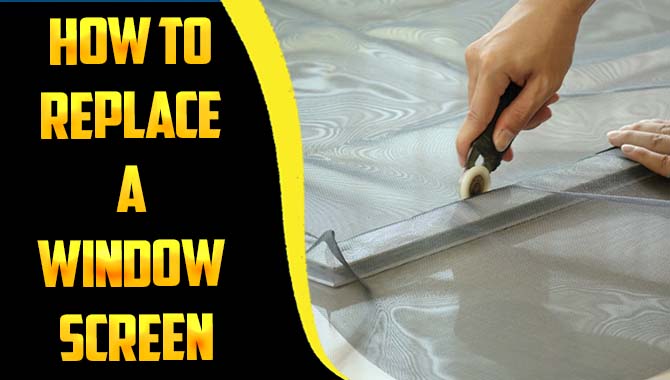
What Is A Window Screen?
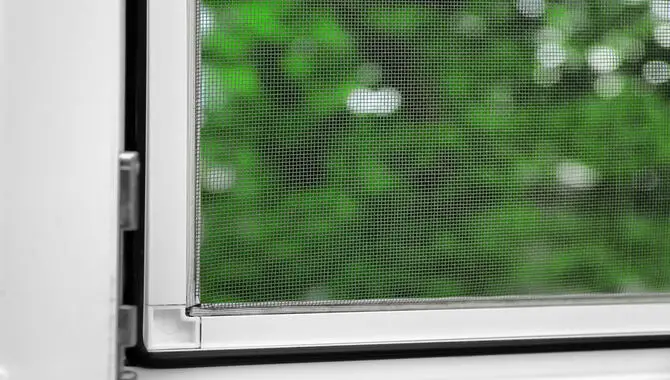
A window screen is a mesh or netting material attached to a frame and placed over an open window. Its primary function is to allow fresh air to circulate while keeping insects and other unwanted debris out of the home.
Window screens are typically made of materials like aluminum, fiberglass, or polyester and come in various sizes and shapes to fit different types of windows. They can be easily removed for cleaning or replaced if damaged. Window screens are essential to any home’s ventilation system and help create a comfortable and healthy living environment.
Types Of Window Screens
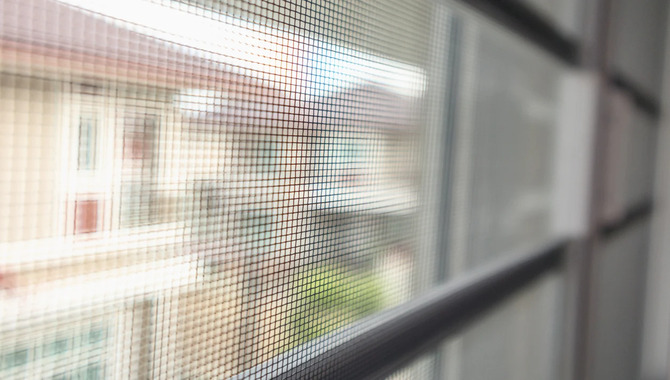
When it comes to window screens, there are several types to choose from. The most common type is the traditional fiberglass screen, a cost-effective option for most homes. However, if you’re looking for something more durable, you may want to consider a metal screen made from aluminum or stainless steel.
These screens are more resistant to damage and corrosion, making them ideal for use in areas with harsh weather conditions. The solar screen is another popular option that blocks out UV rays and reduces heat gain.
These screens are great for homes that get a lot of sun exposure and can help to lower energy bills by reducing the need for air conditioning. Finally, specialty screens are available, such as pet-resistant screens designed to withstand scratching and tearing from pets. No matter your specific needs, there’s sure to be a window screen that’s right for you.
How To Replace A Window Screen: The 6 Tips
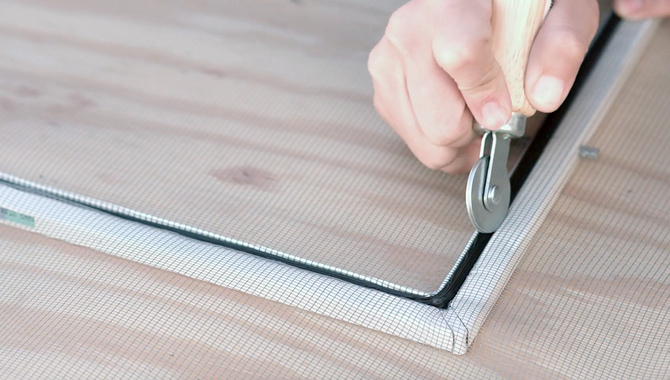
Replacing a window screen can be a simple and cost-effective way to improve the appearance and functionality of your home’s windows. Replacing a window screen may seem daunting, but with the right tools and a little know-how, it can be a simple DIY project. Here are six tips on how to replace a window screen:
- Measure your screen: Ensure you have the correct measurements for your window screen before purchasing materials.
- Gather your tools: You will need a spline roller, new screen material, scissors, and a utility knife.
- Remove the old screen: Use a flathead screwdriver or pry bar to remove the old spline and screen from the frame.
- Cut the new screen material: Use scissors or a utility knife to cut the new material to size.
- Install the new screen: Place the new material onto the frame and use the spline roller to push it into place.
- Trim excess material: Once the screen is installed, use scissors or a utility knife to trim any excess material around the edges of the frame. With these tips in mind, you can easily replace your window screens.
How To Remove An Old Window Screen
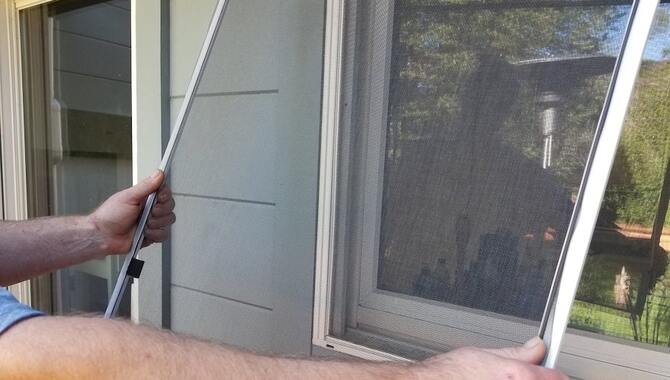
Removing an old window screen may seem daunting, but it can be simple with the right tools and techniques. Here’s how to remove an old window screen in a few easy steps:
- Exam the window frame to determine how the screen is attached. Some screens are held in place with clips or screws, while others may pop out.
- If your screen is held in place with clips or screws, use a screwdriver or pliers to loosen them and remove the screen.
- If your screen pops out, locate the tabs on either side of the frame and push them gently inward to release the screen.
- After removing the screen, inspect it for any damage or wear and tear. If necessary, repair or replace the screen before reinstalling it.
Following these simple steps, you can easily remove an old window screen and prepare your windows for fresh air and sunlight.
How To Install A New Window Screen
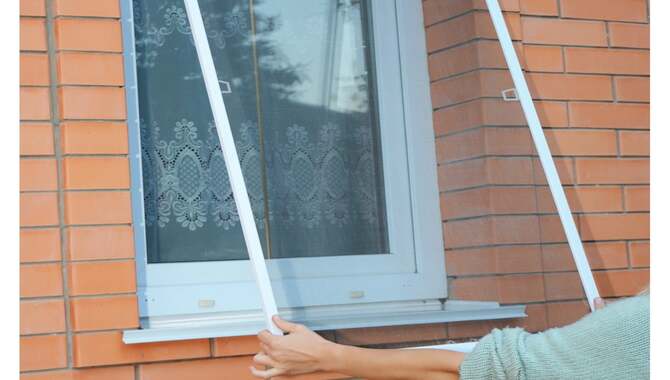
For installing a new window screen, measure the dimensions of your window and cut your screening material accurately. The next step is to remove your old screen frame using simple tools such as a flathead screwdriver or clamps. Place your new screen on a flat work surface and align it with your frame’s perimeter.
Using a spline tool, press down each section of the spline along with the mesh edge into grooves around the perimeter of the frame. Trim off excess screening material using a sharp utility knife or scissors. Reinstall window screens into frames by snapping them back in place.
Tips For Maintaining A Window Screen
To avoid pesky creatures from entering your home and maintain optimal airflow quality by preventing dirt buildup on your window screens throughout the year. Maintaining a window screen is essential to keeping your home comfortable and free from insects. Here are some helpful tips for maintaining your window screen:
- Clean your window screens with a soft brush or vacuum to remove dirt, dust, or debris.
- Check for any holes or tears in the screen and replace them immediately to prevent insects from entering your home.
- Apply a coat of protective spray to your window screens to help prevent damage from sunlight and weather.
- Avoid using harsh chemicals or abrasive materials when cleaning your window screens, as this can cause damage to the screen material.
By following these tips, you can keep your window screens in excellent condition and enjoy a bug-free home all year round.
Window Screens Are Essential For Your Safety
Window screens are an essential safety feature in any home. They not only help to keep insects and pests out, but they also provide a layer of protection against falls or accidents. If your window screen is damaged or missing, replacing it as soon as possible is essential. Fortunately, you can replace a window screen with just a few tools in a relatively easy DIY project.
First, you will need to measure the dimensions of your window frame and purchase a replacement screen that fits those measurements. Then, you can secure the new screen into place using a spline roller and new spline material. With some patience and essential tools, you can replace your window screen in no time and enjoy the added safety benefits it provides.
Benefits Of Upgrading To Crimsafe Window Screens
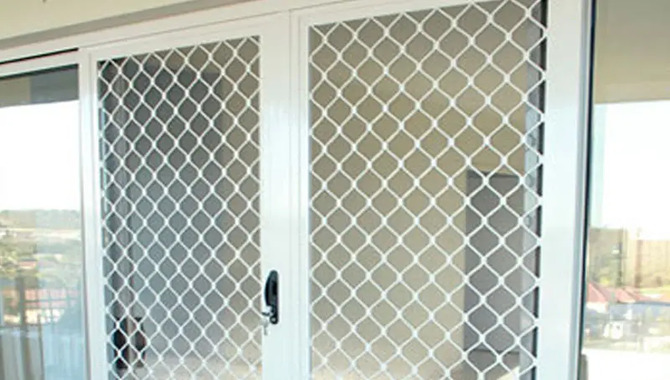
Upgrading to Crimsafe window screens can provide numerous benefits for homeowners. These screens are made from a high-strength stainless steel mesh designed to withstand impact and resist forced entry. This means they offer superior protection against break-ins and intrusions, which can give homeowners peace of mind knowing their home is secure.
Crimsafe screens can also protect against insects and other pests while allowing fresh air and natural light to enter the home. They are also easy to maintain and clean, making them a practical choice for busy homeowners. Overall, upgrading to Crimsafe window screens is a wise investment to improve any home’s safety, comfort, and value.
About Crimsafe Window Screens
If you are looking for a secure and reliable window screen solution, Crimsafe screens could be a great option for you. Not only do they provide a barrier against intruders, but they also offer protection against environmental factors like severe weather and debris.
Additionally, Crimsafe screens are aesthetically pleasing and can add value to your property. When considering how to upgrade your home security, it’s important to weigh the cost against the benefits. With Crimsafe window screens, the benefits far outweigh the expense, making it a worthwhile investment for any homeowner.
Upgrading To Crimsafe Window Screens
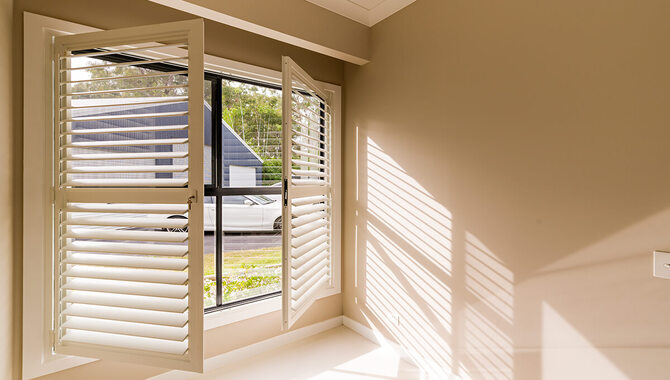
Upgrading to Crimsafe window screens is a great way to enhance the security of your home or office. These screens come with a high-tensile stainless steel mesh that is impossible to break through, making it difficult for intruders to gain access.
Additionally, Crimsafe screens resist extreme weather conditions, such as storms and bushfires, providing an added layer of protection for your property.
If you are considering upgrading to Crimsafe screens, it is important to choose a reputable supplier and installer to ensure fitting the screen properly and installing it to maximize its effectiveness. Here are a few tips on how to install and maintain Crimsafe window screens:
- Measure your windows accurately before ordering the screens. Crimsafe screens are custom-made to fit your specific window dimensions, so make sure you take accurate measurements.
- Follow the installation instructions carefully. Crimsafe screens come with detailed installation instructions, and it’s important to follow them closely to ensure installing them securely and correctly.
- Regularly clean and maintain your screens. Crimsafe screens are low-maintenance, but you should still clean them regularly to keep them looking their best. Use a soft brush or cloth and mild detergent to clean the screens. Avoid using abrasive cleaners or anything that could scratch the surface of the mesh. Rinse the screens thoroughly with water and allow them to dry completely before reinstalling them.
- Additionally, inspect your screens periodically for any signs of damage or wear and tear. If you notice any issues, contact a professional to repair or replace the screens as needed. By following these simple steps, you can help ensure that your Crimsafe screens continue to provide optimal protection and performance for years to come.
Upgrading To Crimsafe Window Screens Will Be An Excellent Investment
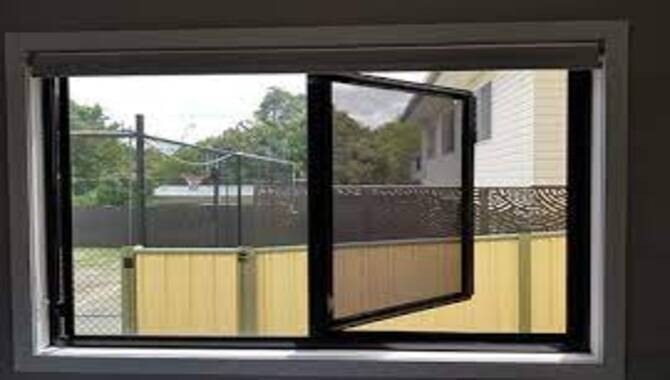
Upgrading to Crimsafe window screens is an excellent investment for a number of reasons. First and foremost, Crimsafe screens provide unparalleled security for your home or business. These screens come with a unique mesh.
It is nearly impossible to cut, tear, or break through, making them an effective deterrent against burglars and other intruders. Additionally, Crimsafe screens withstand extreme weather conditions, including high winds and heavy rain. This means that they are less likely to sustain damage during storms. So, it can save you money on repairs in the long run.
Another benefit of upgrading to Crimsafe window screens is improved energy efficiency. These screens are designed to block out heat and UV rays. And can help keep your home or business cooler in the summer and reduce your energy bills. They also provide an extra layer of insulation during the winter. And can help keep warm air inside and cold air outside.
Overall, upgrading to Crimsafe window screens is a smart investment. It can significantly improve the safety and security of your home.
How To Clean A Window Screen
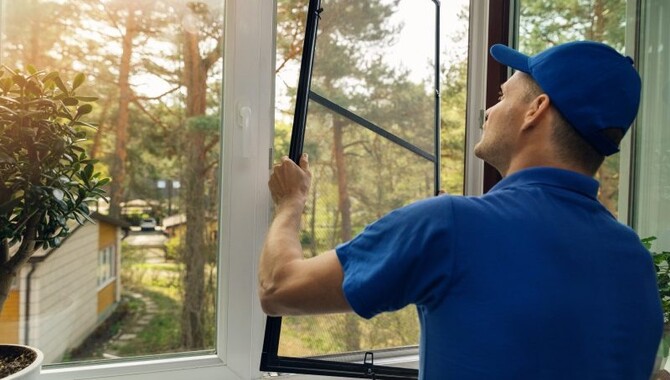
To keep your window screen in good condition for long periods, you must know how to clean it properly. Start by removing the window screen from its frame- place it on a flat work surface.
Use simple tools such as a soft brush or vacuum to remove any excess dust or debris from the mesh before washing. Mix some mild soap in water- dip the bristled brush in the mixture and scrub gently to wash both sides of the screening material.
Rinse away any soapy residue by running cold water over the mesh screen and letting it dry. Avoid using warm or hot water, which may result in shrinkage or bowing. A cool breeze will be on your way through that newly cleaned window screen!
Conclusion
Knowing how to replace a window screen is an easy DIY project that can save you money and keep your home safe. With these simple steps, you can quickly remove and install a new window screen.
Remember to choose suitable materials, measure your window correctly, and follow the manufacturer’s instructions for the best results. An upgraded Crimsafe Window Screen provides added security and peace of mind. Regular maintenance and cleaning will extend the life of your window screens.
However, if you don’t feel comfortable tackling this task on your own, it’s always best to seek the assistance of a professional to ensure that the job is done correctly. Remember, taking care of your windows will not only improve your home’s overall appearance but can also help increase its energy efficiency and value.
Frequently Asked Questions
[rank_math_rich_snippet id=”s-de8e8004-9df6-4a14-8f61-6e0c88cc27ff”]

I am passionate about home engineering. I specialize in designing, installing, and maintaining heating, ventilation, and air conditioning systems. My goal is to help people stay comfortable in their homes all year long.
